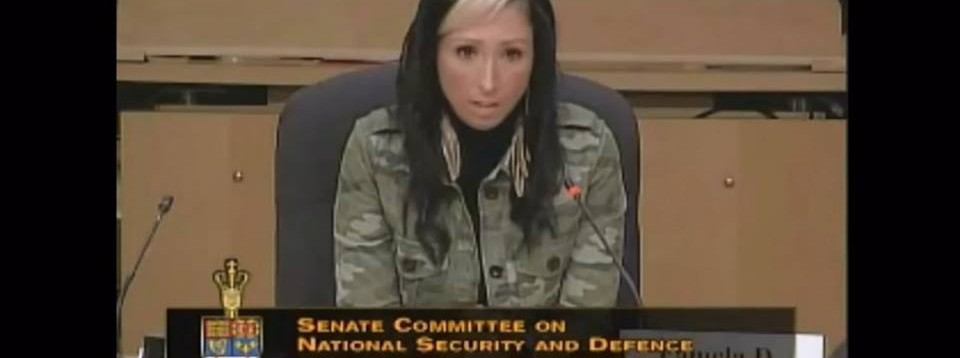Matrimonial Real Property on First Nations Reserves

This project is an expansion of Pam Palmater’s current research activities in the area of Matrimonial Real Property (MRP) On First Nations Reserves. This project looks at the issue of MRP from legal, policy, political and cultural perspectives with a view to developing the culturally appropriate alternatives to the current legislative and policy gap. Normally, property and civil rights are the jurisdiction of the provinces and territories. However, pursuant to section 91(24) of the Constitution Act, 1867, "Indians and lands reserved for the Indians" is the express jurisdiction of the federal government. Section 88 of the Indian Act, 1985 expressly incorporates provincial law except to the extent that it would regulate reserve lands. Therefore no provincial courts can make court orders affecting the possession of the matrimonial home or property situated on a reserve. The current Indian Act, 1985 which provides the rules and regulations for land management on reserve does not provide any specific remedies for Aboriginal men and women upon the breakdown of a marriage or common-law relationship. While some First Nations settle the matter informally by traditional customs and practices, the majority do not. Given the fact that possession of the marital home is often held by the husband in a Certificate of Possession (almost like fee simple), this leaves Aboriginal women and children especially vulnerable to homelessness after marriage breakdown. The Native Women's Association of Canada (NWAC) and other Aboriginal women's groups have long called for the federal government to address this serious issue. Even the United Nations Special Rapporteur has recommended that an appropriate legislative amendment be developed. Recently, a report by Canada's Special Ministerial Representative highlighted the fact that because MRP involves both Aboriginal and treaty rights to land, as well as the inherent right to self-government, that Canada must consult with First Nations prior to undertaking any legislative amendment. Bill S-4 which is currently before the Senate Standing Committee on Human Rights is Canada's attempt to amend the Indian Act to address the MRP gap. However, the Bill has met with near unanimous opposition for the lack of consultation, its paternalistic provisions and lack of accessible remedies for Aboriginal women. Pam Palmater appeared as an expert witness to present an analysis of the bill to the Senate and also provided expert advisory support to several Senators during the study of the bill. She will be required to appear before the House when the Bill reaches that stage and will likely be asked additional submissions on potential options.
This project aims to conduct research on the following specific areas:
1) The current land and by-law-making powers of First Nations under the Indian Act
2) Literature review of MRP issues generally
3) Literature review of the social and demographic conditions of Aboriginal women and children in Canada - in terms of their social, political and legal position and any vulnerabilities
4) Environmental scan of any MRP laws currently in force in First Nations and /or related MRP law development projects currently underway
5) Aboriginal, treaty and self-government laws and rights which relate specifically to MRP
6) Research of Hansard debates, evidence of Senate and House Committees on the two previous attempts to pass MRP amendments which failed.
It was hypothesized that through this research:
1) The core problematic areas are and why they exist could be discerned from previous attempts to pass MRP legislation.
2) Current legislative options may be beyond the legislative jurisdiction of Canada to enact given the paramount jurisdiction of First Nations over MRP.
3) Although Aboriginal women and children may be a disadvantaged group within First Nations, they do not want legislative amendments which would detract from their larger Aboriginal and treaty rights.
4) There is enough common ground to develop practical legislative and policy options.
This research led to my testimony and submissions to Parliament on MRP legislation.